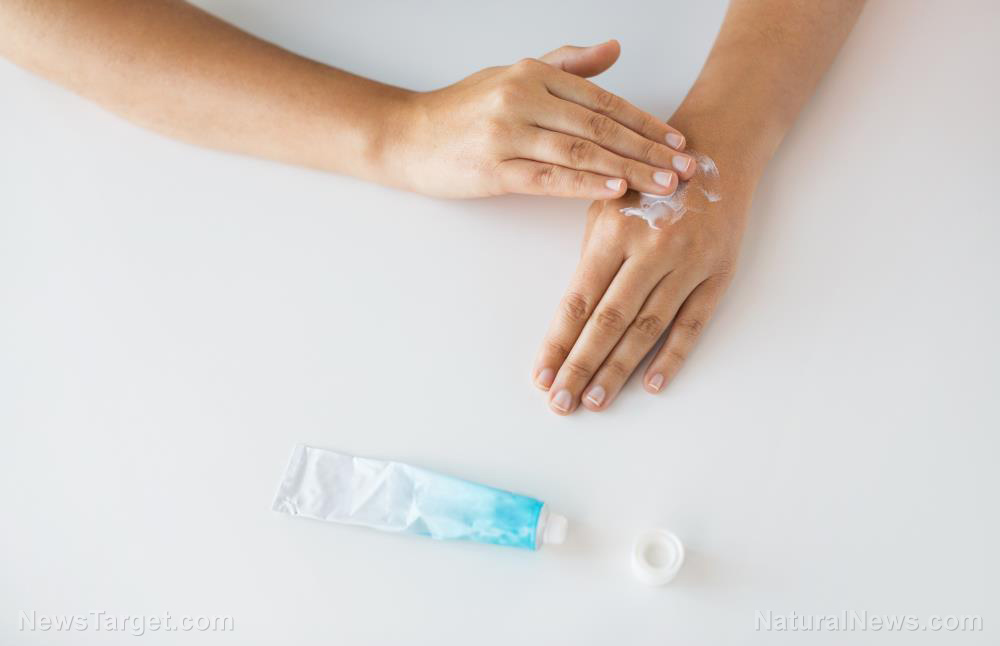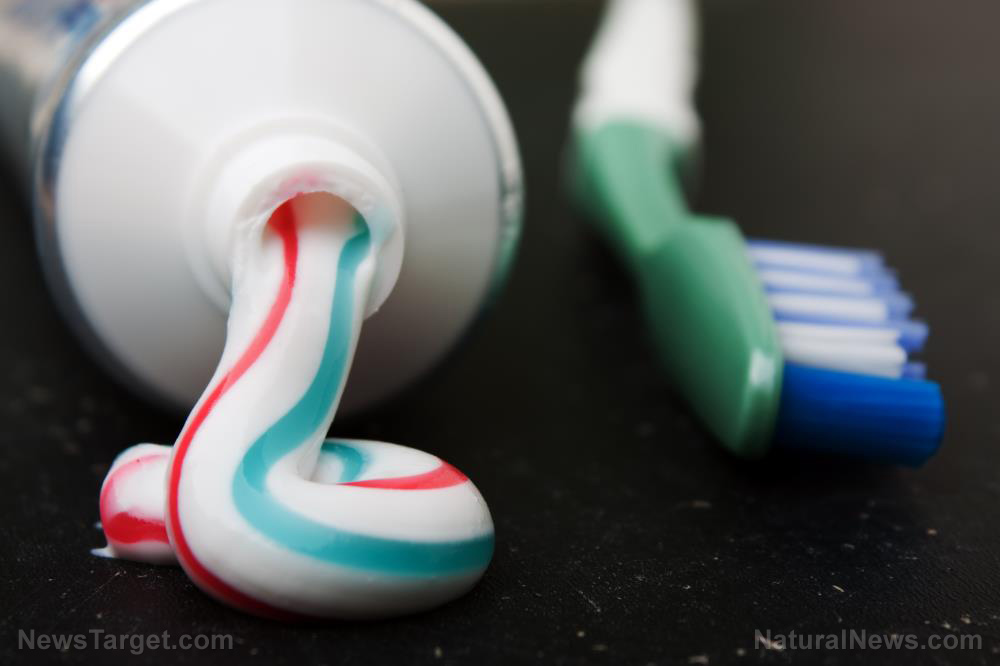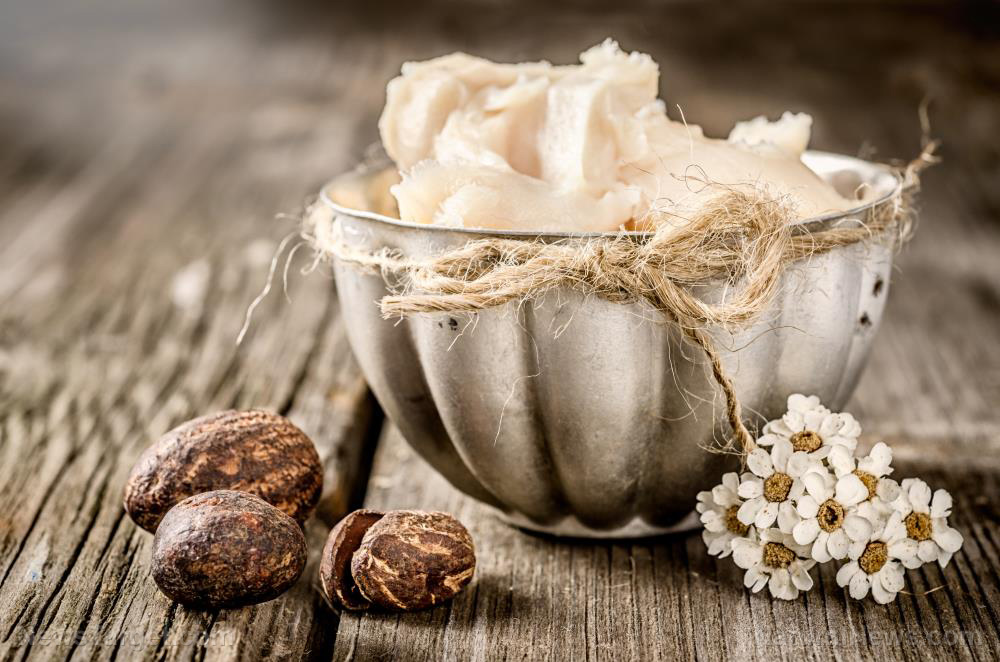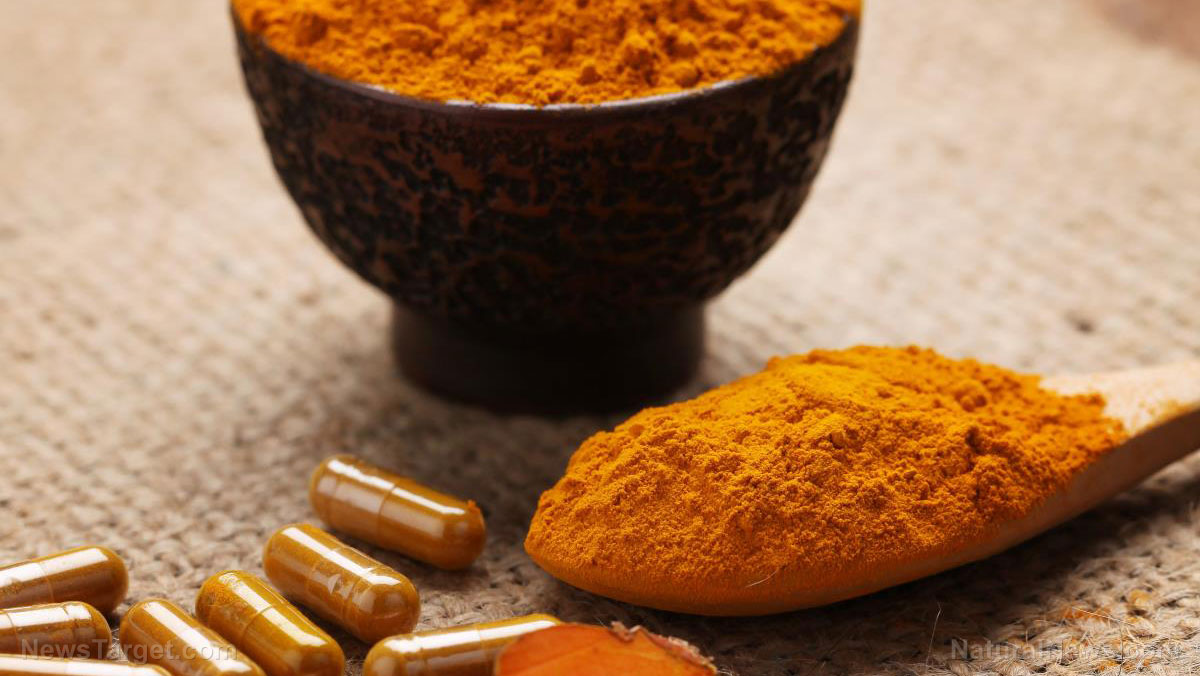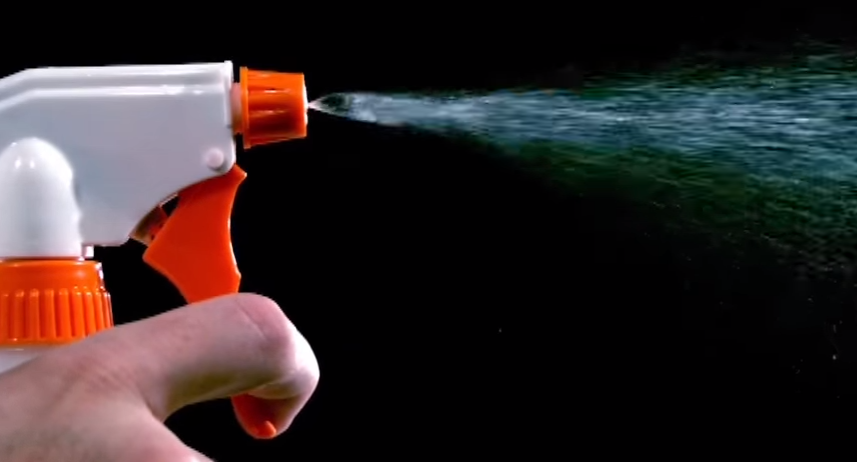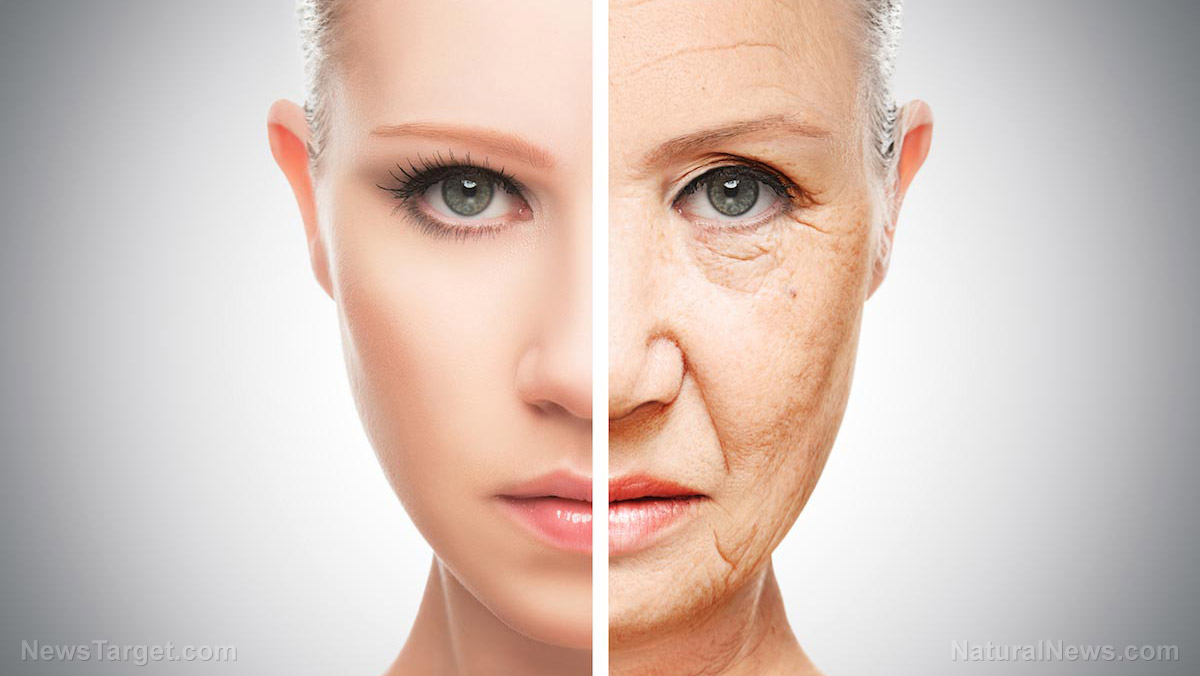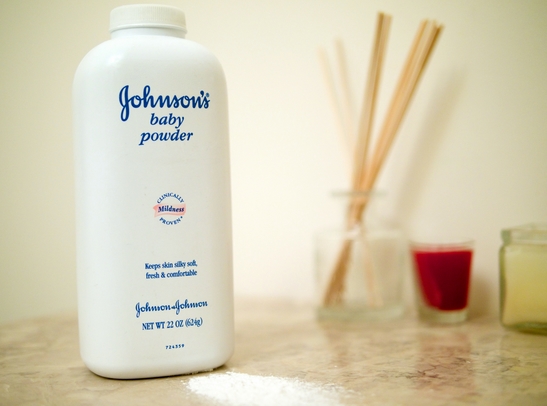Whitening and damaging: DIY teeth whitening found to weaken tooth enamel, make teeth more sensitive
07/01/2019 / By Isabelle Z.
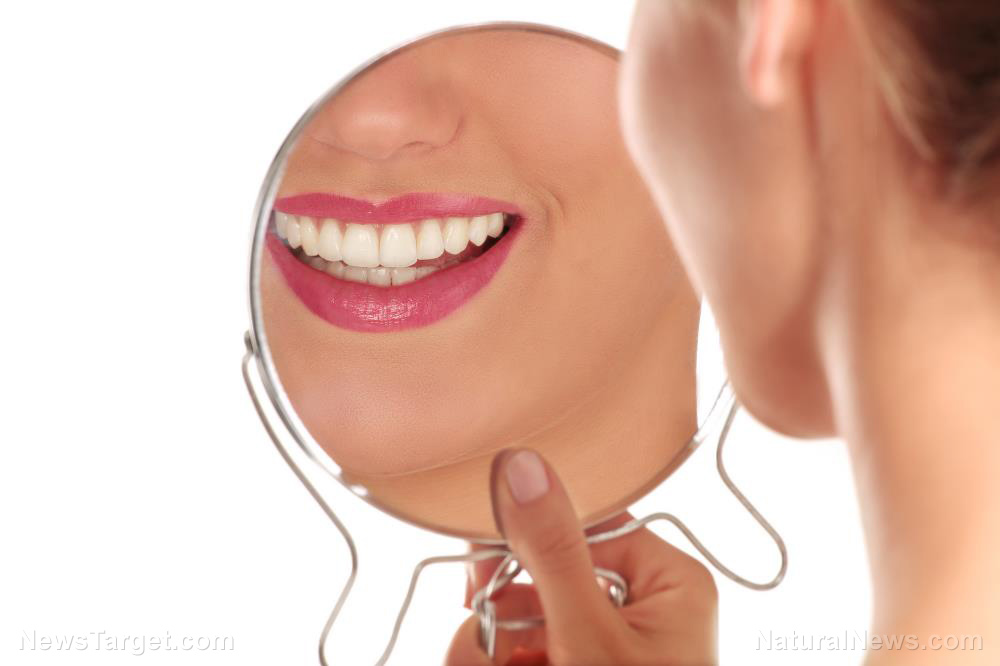
If you do everything in your power to avoid going to the dentist, welcome to the club. Trips to the dentist can often be rather costly, and then there’s the exposure to chemicals like mercury you need to worry about. However, if you’ve been using DIY teeth whitening kits, you could well find yourself needing the dentist more than ever.
Researchers from the University of Manchester Dental School have revealed that over-the-counter tooth whitening products can damage tooth enamel and make your teeth more sensitive.
This problem has been compounded by legislation like European regulations that keep the bleaching agent hydrogen peroxide out of home tooth whitening treatments. The most common alternatives are sodium chlorite and sodium carbonate peroxide, and they’re causing significant damage to people’s teeth.
The experts tested five home tooth whitening kits sold in British drugstores on freshly extracted teeth, and they noticed a significant reduction in hardness, along with substantial surface damage.
Three of the kits, the Brilliant 5-Minute Kit, Mr Blanc Teeth, and Janina Ultra White, contain sodium chlorite, and they caused surface abrasions and hardness reductions. The brand containing sodium carbonate peroxide, Smile Science, led to what they termed “morphological alternations of enamel surface.” White Instant, meanwhile, which contains PAP acid, caused a “distinct etching pattern” in teeth.
Their findings prompted the researchers to issue a warning urging the public to choose DIY whitening and bleaching products with caution as not all options are safe.
The British Dental Association’s Professor Damien Walmsley said: “The lack of clarity over chemicals used in over-the-counter and online products means you could be gambling with your teeth.”
Many people overuse home bleaching products
Making matters worse is the fact that many tooth whitening products don’t yield very noticeable results. The researchers showed that some whitening kits simply can’t lighten teeth to a visible degree, with one of the products, the expensive iWhite, found to be less effective than the control substance, saline, at lightening teeth.
Upon getting poor results, many people tend to overuse these products, either by leaving them on for longer than instructed or using them more frequently than the instructions direct in hopes of getting better results.
The damage caused to tooth enamel by these products can cause plaque to accumulate, making people more vulnerable to gingivitis. This damage also makes people more susceptible to future staining, setting off a cycle of damaging and whitening that can lead to irreversible damage. Once tooth enamel is gone, there is no way to replace it.
It’s not just the teeth themselves that can be affected; it can also cause irritation and sensitivity to the gums and tissue inside the mouth. If you’re currently using these kits, you should seriously consider stopping.
Keeping tooth staining to a minimum
One way to ensure whiter teeth is by reducing your consumption of foods that tend to stain teeth. Here’s a look at some of the biggest culprits. If you can’t give these up, you can make a habit of brushing your teeth immediately after consuming them.
Coffee and tea: These hot drinks both stain teeth, although you can minimize the effects by diluting your tea or coffee with milk. Not surprisingly, darker-colored teas like Earl Grey cause more staining, while white tea and many herbal teas don’t stain your teeth as much.
Red wine: Red wine can stain your teeth dramatically over time. If you don’t want to give it up because of its health benefits – not to mention its ability to reduce inflammation, which could prevent gum disease – do make a point of swishing water around your mouth after you drink it if you can’t brush your teeth right away.
Cola: Dark sodas not only stain teeth, but they also contain phosphoric acid, which can erode tooth enamel. They’re also packed with sugar that causes tooth decay. No one should drink these health-destroying beverages. If it’s the bubbles you’re drawn to, consider sparkling water instead.
Read Cosmetics.news for more news coverage of cosmetics and personal care products.
Sources for this article include:
Tagged Under: buyer beware, dental health, dentistry, oral health, stained teeth, teeth, tooth decay, tooth enamel, tooth whitening, tooth whitening kits, toxic ingredients
RECENT NEWS & ARTICLES
COPYRIGHT © 2017 COSMETICS NEWS

